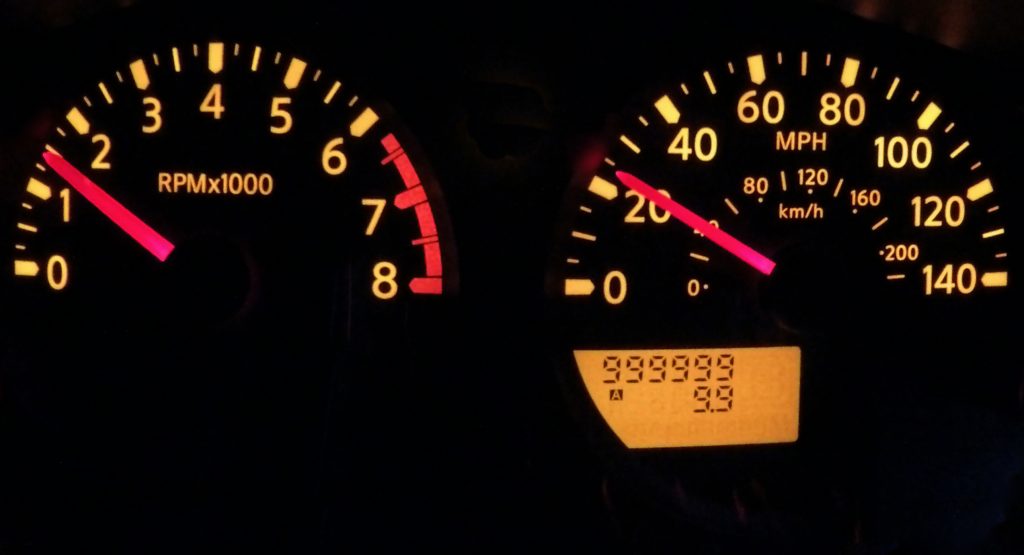In the wake of rampant odometer fraud, The National Highway Traffic Safety Administration (NHTSA) wants to impose new requirements for 2021 and beyond regarding the disclosure of a vehicle’s mileage to potential buyers.
For those that don’t already know, odometer fraud is when you roll back an odometer to make it appear as if it has less mileage than it actually does, thus deceiving any potential buyers about the condition of the vehicle. This is a little more difficult to perform on newer vehicles, but is still possible on many older vehicles, which is where the NHTSA’s new requirements come in.
Read: Odometers Rollback Are More Common Than You Think, Could Impact 1.6 Million Vehicles
Here are the new rules:
Beginning January 1st, 2021, you will need to disclose the amount of miles on a vehicle’s odometer for every transfer of ownership for the first 20 years of the vehicle’s life. This will begin with vehicles from the 2011 Model Year, so Model Year 2010 and older vehicles will remain under the current 10-year disclosure requirements, and therefore not required to conform to the new extended requirements.
It won’t be for another 20 years until Model Year 2011 or newer vehicles will be exempt from the odometer rules, so as to not break the law, anyone transferring ownership of a Model Year 2011 or newer vehicle will still need to disclose the vehicle’s mileage to its new owner.
The final ruling for these requirements took place all the way back in September of 2019, which goes to show how long it takes for these types of preventative regulations to take effect.
As per the NHTSA, the average age of vehicles is older than ever, and they felt they needed to take action in order to prevent a further expansion of what is already a significant odometer fraud problem.
See Also: Average Age Of Vehicles In The U.S. Increases To 11.9 Years, And It Could Get Worse With COVID
The video below shares some useful tips on how to avoid odometer fraud.
What do you think of the new requirements, will they help solve the issue?



